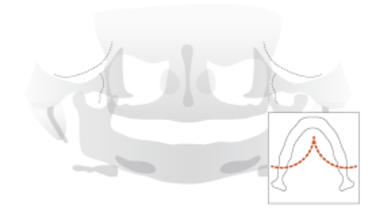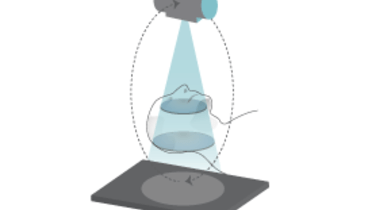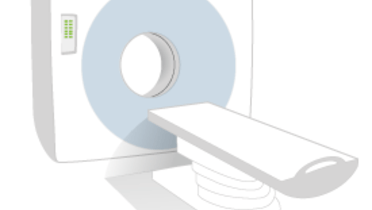-
0
Patient Assessment
- 0.1 Patient demand
- 0.2 Overarching considerations
- 0.3 Local history
- 0.4 Anatomical location
- 0.5 General patient history
-
0.6
Risk assessment & special high risk categories
- 5.1 Risk assessment & special high risk categories
- 5.2 age
- 5.3 Compliance
- 5.4 Smoking
- 5.5 Drug abuse
- 5.6 Recreational drugs and alcohol abuse
- 5.7 Parafunctions
- 5.8 Diabetes
- 5.9 Osteoporosis
- 5.10 Coagulation disorders and anticoagulant therapy
- 5.11 Steroids
- 5.12 Bisphosphonates
- 5.13 BRONJ / ARONJ
- 5.14 Radiotherapy
- 5.15 Risk factors
-
1
Diagnostics
-
1.1
Clinical Assessment
- 0.1 Lip line
- 0.2 Mouth opening
- 0.3 Vertical dimension
- 0.4 Maxillo-mandibular relationship
- 0.5 TMD
- 0.6 Existing prosthesis
- 0.7 Muco-gingival junction
- 0.8 Hyposalivation and Xerostomia
- 1.2 Clinical findings
-
1.3
Clinical diagnostic assessments
- 2.1 Microbiology
- 2.2 Salivary output
-
1.4
Diagnostic imaging
- 3.1 Imaging overview
- 3.2 Intraoral radiographs
- 3.3 Panoramic
- 3.4 CBCT
- 3.5 CT
- 1.5 Diagnostic prosthodontic guides
-
1.1
Clinical Assessment
-
2
Treatment Options
- 2.1 Mucosally-supported
-
2.2
Implant-retained/supported, general
- 1.1 Prosthodontic options overview
- 1.2 Number of implants maxilla and mandible
- 1.3 Time to function
- 1.4 Submerged or non-submerged
- 1.5 Soft tissue management
- 1.6 Hard tissue management, mandible
- 1.7 Hard tissue management, maxilla
- 1.8 Need for grafting
- 1.9 Healed vs fresh extraction socket
- 1.10 Digital treatment planning protocols
- 2.3 Implant prosthetics - removable
-
2.4
Implant prosthetics - fixed
- 2.5 Comprehensive treatment concepts
-
3
Treatment Procedures
-
3.1
Surgical
-
3.2
Removable prosthetics
-
3.3
Fixed prosthetics
-
3.1
Surgical
- 4 Aftercare
放射学控制
Key points
- 只有在存在特定症状时,放射学控制才是合理的:既往病史和/或临床检查要求进行进一步的检查
- 数字化 X 光片更为优越,因为能够将它们发送给(转诊)牙医或专家
放射学控制的目的
在回访控制开始时,必须定义放射学控制的目的,以及是否需要进行放射学控制。只有在存在要求进行进一步检查的特定症状、既往病史和/或临床检查时,放射学控制才是合理的。例如,这样的症状可能是种植体周围感染、组织/骨缺失、疼痛等临床症状。
所选择的 X 光片类型
取决于想要显影的部位,它可以是:
- 使用平行法的口腔内 X 光片,用于评估相邻的骨头与种植体表面的接近度,测量种植体周围的边缘骨水平,检查适当的基台至种植体调整,检查是否留有龈下粘接剂。种植体螺纹支持以种植体肩台或顶端为参照点进行精确的距离计算。唇部和口腔边缘不显影。骨头和种植体表面之间的暗线不一定意味着它们未结合,而是可能由光学效应造成的。
- 用全景 X 光片拍下经过修复的缺齿患者的口腔全景图片,检测骨病理情况。必须意识到全景成像由于射影几何而固有的变形。在臼齿区域,放大倍数通常可以达到 1.3。在正位全景片上无法检查植入体的平行状况。唇部和口腔边缘不显影。
- 如果对是否违反了重要的解剖结构(下颌管...)产生疑问,CBCT 是可选择的方法。它也支持识别唇部和口腔骨骼的结构。金属组件产生的散射可能使图像变得模糊不清,但是有软件过滤器可供使用。CBCT 支持评估在上颌窦中的口腔骨再生程序。



